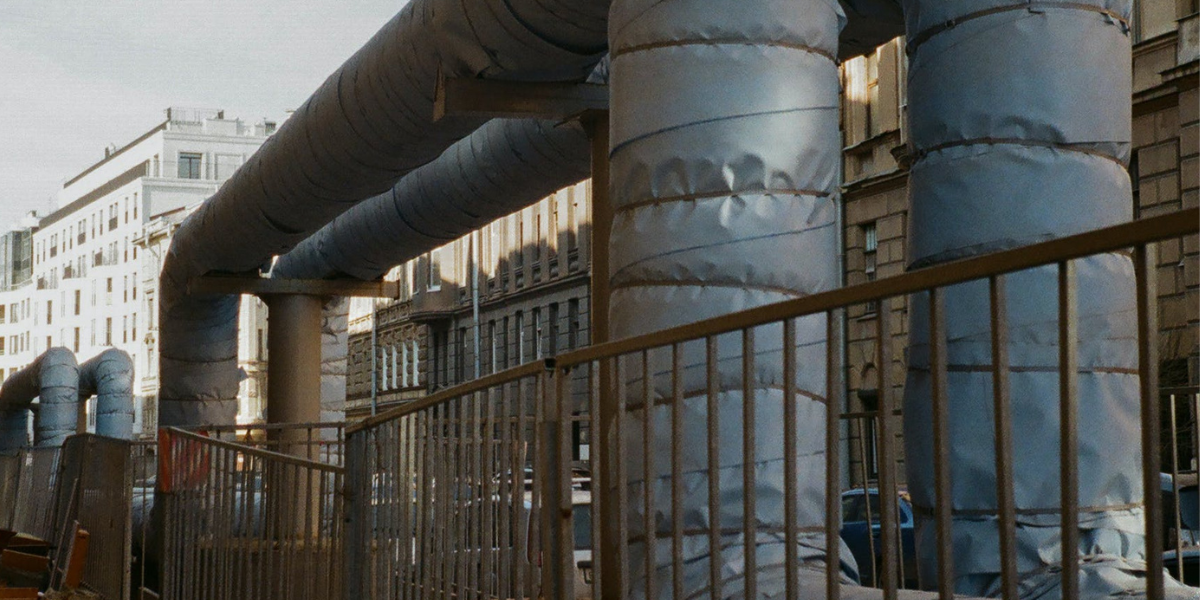Nature of Corrosion
Corrosion is a natural process where metals react with elements in their environment, leading to the formation of oxides or other compounds.
Factors such as moisture, oxygen, salt, and pollutants accelerate this process, causing structural degradation.
Impact on Materials
Corrosion compromises the mechanical properties of materials, leading to reduced strength, durability, and overall performance.
In industries like infrastructure, transportation, and manufacturing, the consequences of corrosion can be severe.
Coatings and Paints
Protective coatings form a barrier between the metal surface and the corrosive environment.
Anti-corrosive paints, zinc-rich coatings, and epoxy coatings are commonly used to inhibit the contact of metals with corrosive agents.
Cathodic Protection
Cathodic protection involves the use of sacrificial anodes or impressed current systems to protect metals.
Sacrificial anodes, typically made of zinc or aluminum, corrode preferentially to the protected metal, preventing its corrosion.
Corrosion Inhibitors
Chemical corrosion inhibitors are substances that, when added to a corrosive environment or applied directly to the metal surface, mitigate the electrochemical reactions responsible for corrosion.
They are often used in water treatment and industrial processes.
Galvanization
Galvanization involves coating steel or iron with a layer of zinc to protect against corrosion.
The zinc sacrificially corrodes, safeguarding the underlying metal.
This method is commonly used in the construction of structures like bridges and fences.
Alloy Selection
Choosing corrosion-resistant alloys for specific applications is a fundamental preventive measure.
Stainless steel, aluminum, and certain nickel alloys exhibit natural resistance to corrosion, making them suitable for various environments.
Nano-Coatings
Nano-scale coatings use particles at the nanometer level to provide enhanced protection.
These coatings offer superior adhesion, increased hardness, and improved resistance to corrosion, extending the lifespan of protected surfaces.
Composite Materials
Composite materials, combining polymers, ceramics, and metals, are engineered to provide superior resistance to corrosion.
These materials find applications in industries where traditional materials may succumb to aggressive environmental conditions.
Preventive Maintenance
Regular inspection and maintenance programs are critical to identifying corrosion early on.
This allows for timely intervention, extending the life of assets and reducing the likelihood of catastrophic failures.
Life Cycle Cost Considerations
While implementing corrosion protection measures incurs initial costs, the long-term benefits in terms of extended asset life and reduced maintenance outweigh the initial investment.
Life cycle cost analysis is crucial in decision-making.
